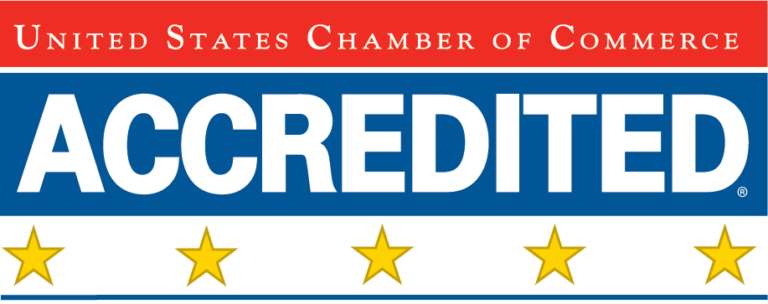Last week, I answered the question: "What is the USMCA?"
This week, I want to address the major changes that are contained within the USMCA from NAFTA. Here are the highlights:
- In the automotive sector, the USMCA encourages U.S. manufacturing and regional economic growth by requiring that 75 percent of auto content be made in the United States, Mexico, and Canada to qualify for zero tariffs (up from 62.5 percent under NAFTA). The agreement also uses trade rules to encourage higher manufacturing wages by requiring 40 to 45 percent of automotive content be made by workers earning an average base-wage of at least $16 per hour by 2023.
- The USMCA maintains agriculture tariffs at zero, and includes strong new commitments on biotechnology and science-based Sanitary and Phytosanitary measures, establishes mutual standards for geographical indicators, and seeks to reduce trade-distorting policies.
- Specific to dairy trade with Canada, the agreement made gains for U.S. milk products, cheese, and poultry. Specific to Mexico, for the first time in a United States trade agreement, Mexico and the United States agreed to not restrict market access in Mexico for U.S. cheeses labeled with certain names.
- Improvements were also made in customs and trade facilitation with Canada and Mexico agreeing to raise their de minimis shipment-value levels for taxes and duties on lower value shipments, allowing these shipments to enter with minimal formal entry procedures. The agreement sets a new informal shipment level of US $2,500, so that express shipments under that threshold will benefit from reduced paperwork, making low-value shipments easier, faster, and less costly to trade.
- Canada and Mexico agreed to strong intellectual property standards including strong enforcement provisions against counterfeiting and piracy, effective protection of trade secrets, and ex officio authority for law enforcement officials to stop suspected in-transit counterfeit goods. The deal extends the terms of copyright to 70 years beyond the life of the author (up from 50). It also extends the period that a pharmaceutical drug can be protected from generic competition, and includes new provisions to deal with the digital economy, such as prohibiting duties on things like music and e-books, and protections for internet companies so they’re not liable for content their users produce.
- Sunset clause: The agreement adds a 16-year “sunset” clause — meaning the terms of the agreement expire, or “sunset” after 16 years. The deal is also subject to a review every six years, at which point the US, Mexico, and Canada can decide to extend the USMCA.
- Full Text of Agreement
- International Trade Administration - The United States- Mexico- Canada Agreement and its Key Benefits
- Office of the United States Trade Representative - United States-Mexico-Canada Agreement and United States-Mexico-Canada Agreement Fact Sheet
- US Chamber of Commerce - 5 Reasons We Support the US-Mexico-Canada Agreement































